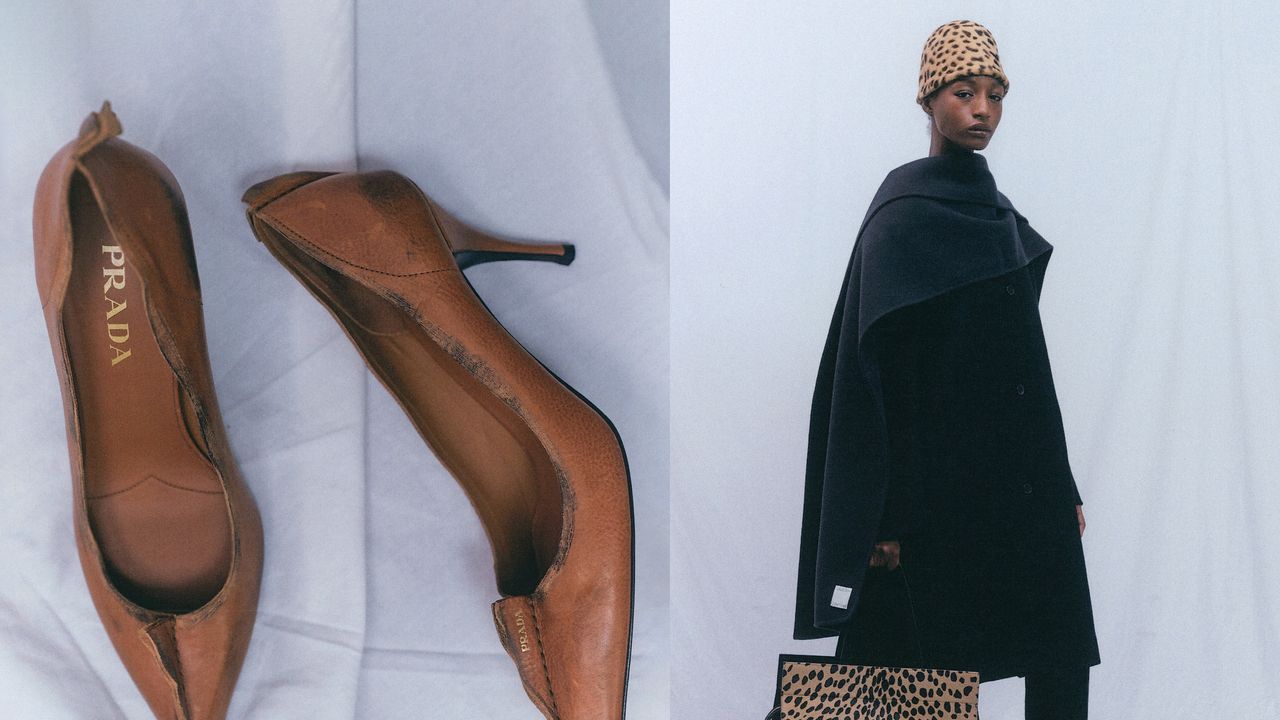When did we start wearing mountain gear to the grocery store? That’s one of the driving questions in “Gear,” a new seven-part miniseries from the podcast Articles of Interest that gets to the origins of gorpcore by tracing the long-held relationship between the US military and the outdoor apparel industry. Articles host Avery Trufelman, who’s known for her immersive audio deep dives into niche fashion histories—such as the story behind the first-ever suit or a secret society devoted to corduroy—spent two years traveling the country for “Gear,” to places like a zipper factory in Georgia, the REI archives in Seattle, and a military convention in Washington, DC. The result is a series that’s as deliciously nerdy about design as it is about US war history and the national parks movement.
Trufelman’s last miniseries, the acclaimed “American Ivy,” traced the rise of preppy dressing from American college campuses to Japanese fashion magazines to contemporary labels like Ralph Lauren. Now, at a time when Arc’teryx beanies can be spotted at fashion week events, “Gear” takes us from the frilly hunting coats that clothed Manifest Destiny to the invention of high-tech performance wear for World War II to the special ops aesthetics that Trufelman argues inspired gorpcore. And along the way, we wrestle with some bigger questions about how this enduring utilitarian aesthetic has shaped American identity—particularly, our attachment to rugged masculinity and the idea of being “prepared.”
“Gear” premiered earlier this week, with new releases dropping every Wednesday. I spoke to Trufelman right after the first episode dropped about how layering was invented for US troops, why we have a vet to thank for family camping, and when we began calling clothing “technology.”
GQ: How did you decide that you wanted to do a series about gear?
Avery Trufelman: I’ve always been curious about what it means to dress like an American, and I think it really stems from a couple of distinct archetypes. So, I have this grand plan to cover a few of the different elements that I think make up “American style.” The series that I did about preppy clothes was only the beginning. I was always planning that the next season would be about the military. Because it’s a common fun fact that most menswear comes from the military. Everybody loves to be like, “Did you know the pea coat came from the Navy?” But as I started interviewing people and digging into it, the connection with the outdoor industry became glaringly obvious. This weaving together of the outdoor industry and the military is an incredible story on the same level as the preppy story that sort of explains America through its clothes in this interesting, educational way.
What is gear, really?
The name “Gear” presented itself because it was always about technical equipment—the idea that gear is performance, tested, functional, serving a useful purpose. That concept was pioneered by the US military in conjunction with the outdoor industry—the idea that clothing should be tested in a lab, which we now take for granted. At the time, it was considered wild that you would apply physiology to a jacket—that you would shoot air at a jacket to figure out how warm it is, for instance—but the army was doing that in World War II.
In episode one, you actually start before we even get to the military, back to the roots of colonial-era outdoor gear. Can you talk a little about that?
When white European American men came here, they didn’t have a culture of dressing for this landscape. They kept dressing like Europeans. So, when they went into the terrain, they had to buy clothes from Native Americans. They went shopping. At that point, it was a source of shame to admit that you bought stuff instead of making it yourself. But shopping, getting kitted up, buying gear—that’s as American as apple pie. Only in the 20th century did we become proud of it, so much so that it became part of the outdoor tradition: First you go to the store, then you go outside. You have to get kitted up first.
So when do we first start seeing this interplay between outdoor gear and military uniforms?
Early on, people thought we shouldn’t have an army. I had no idea that was a prominent strain of thought—that an army was a bad idea, that people should just take up arms. It does explain the Second Amendment, unfortunately, but it came from a good place: We shouldn’t have a standing army, [because] a standing army is dangerous.
So part of not having a military was not having military uniforms. What developed instead was what hunters wore—the hunting shirt, a kind of fringy smock inspired by Indigenous design, made of linen. You could slide it on over whatever you were wearing. This was the beginning of the intermeshing of outdoor wear and the military—an outdoor garment used by what was supposed to replace the military. Very quickly, though, we realized that doesn’t work; we need a professional army and uniforms.
How do we go from that to the World War II idea of uniforms as scientific and technological?
In World War I, men fought in suits with wool overcoats. It was horrible—like wearing a wet, soggy blanket. It would get really hot when you were running around, but then if you took it off, you’d be freezing. By World War II, they realized the jackets were terrible. So, they brought in this Harvard business professor, Georges Doriot, to solve the jacket problem. He’s also the inventor of venture capital, by the way.
This is the first time the US military actually asks soldiers what would make them comfortable instead of copying some other military. They’re like, “Let’s figure out what would be the most efficient, the most warm, the most comfortable, best jacket for the troops.” And they actually do it: They invent the layering system with the help of outdoorsmen like Eddie Bauer and L.L.Bean. Now we all take it for granted as the field jacket—a classic of American dressing.
It’s so wild that the military literally invented lightweight layering.
I know. It was so new that there were instructions: Wear the rainproof layer when it rains, put the hood on, put the collar up when it’s windy. People didn’t know to do this. Aesthetically, it was different, too. Every other army looked like they were wearing suits, and our soldiers looked gorpy. It was radical.
Is this essentially the origin of what we think of as gorp?
I think so. This is when outdoor companies lost the Indigenous influence and fringey language. Everything became scientifically proven, tested in labs, about layers and windproofing. It was no longer about Indigenous wisdom; it was about tested performance.
What did that testing look like at the time? And what does it look like today?
Initially, they were just taking soldiers and submitting them to tests, but then they wanted to get more exact. They used a copper mannequin outfitted with sensors and dressed him in different clothes to get really accurate readings. The mannequin’s name was Chauncey. Today, they still use mannequins in the military, but they can tell you things like how many hours you’ve got until frostbite. It’s totally nuts.


